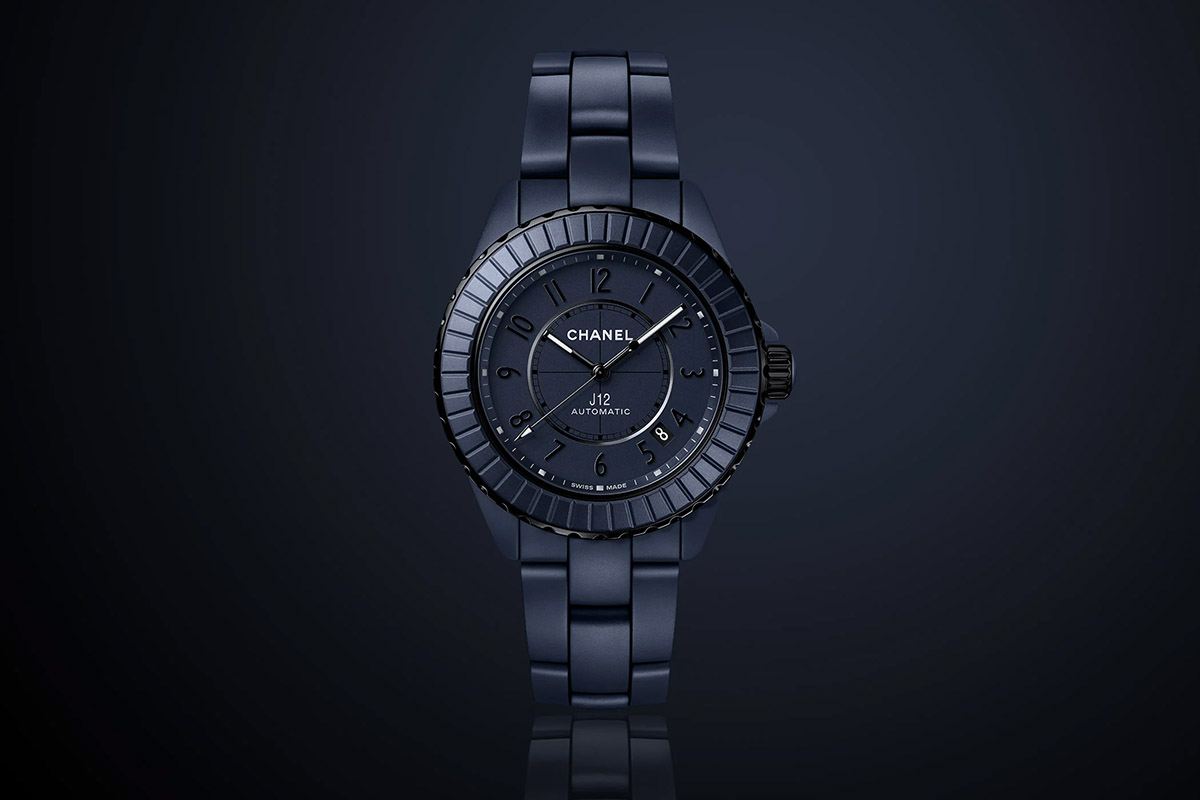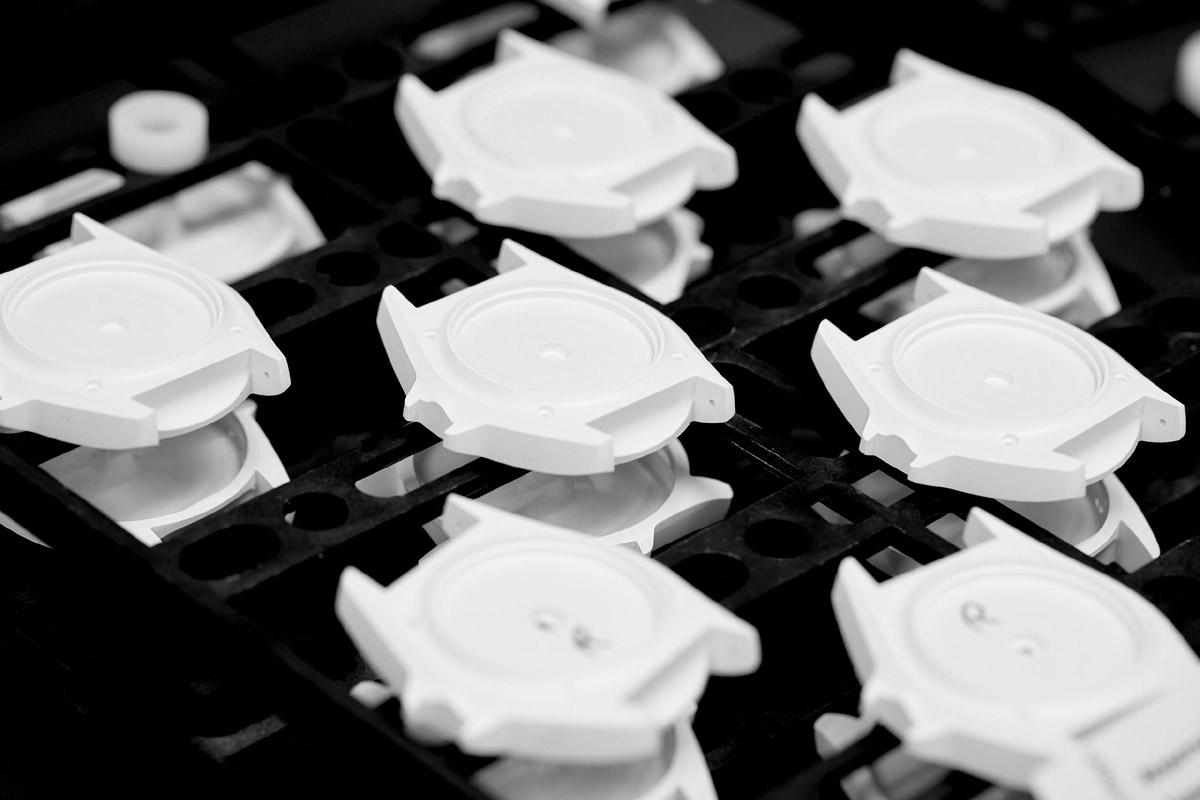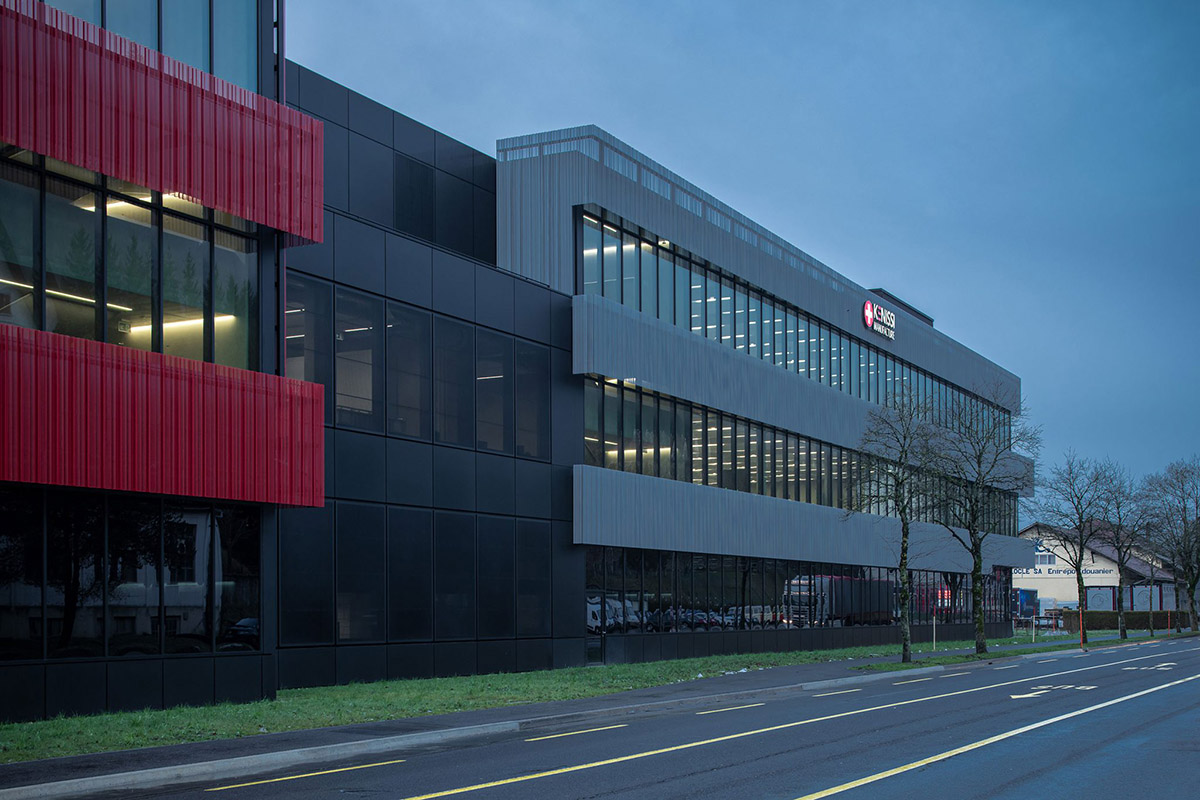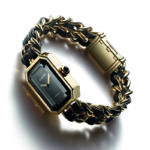This post is also available in: Italian
On 13 May, Chanel organised an haute horlogerie event in Milan for the trade press. During the event, we journalists had the opportunity to meet with the President of Chanel Watches & Fine Jewellery, Frédéric Grangié, and the Director of the Studio de Création Horlogerie, Arnaud Chastaingt, for a roundtable discussion.
While the conversation with Chastaingt touched on the creation of the new J12 Bleu, Grangié provided valuable insights into the current state of the market, the Swiss watchmaking ecosystem, and Chanel’s role in its development and protection. Below are some of the most significant responses to questions posed by Il Giornale degli Orologi and other journalists.
Past and present
What is the Maison’s goal in watchmaking, given the substantial investments it has made over the years?
Chanel’s most significant watchmaking decision was made in the late 1980s, following the launch of the Première in 1987. The company decided that the way it would create watches would be the same as the way it created fashion, fragrances and beauty products. We are a vertically integrated company, so there was no reason to treat watchmaking differently. The simplest option would have been to license the brand to a watch company to produce Chanel Watches, but instead, we purchased the La Chaux-de-Fonds manufacture in the 1990s and have invested there ever since.
What have been the most significant steps along this path?
Our first major milestone was establishing J12 in 2000 and becoming a ceramic specialist. We are one of only three groups in Switzerland that process ceramics completely, from raw material to final product. This provided us with a solid foundation on which to build our business. We then started investing in other brands and manufacturers, such as Bell & Ross, Kenissi, Romain Gauthier, François-Paul Journe and MB&F, creating an independent ecosystem that nurtures creativity and expertise. This is no different to what we have been doing in perfumery since 1921 with N°5, which remains a best-seller a century later for precisely this reason. We are confident that the Maison will still be at the top in 100 years’ time, even in watchmaking, which is our newest category.
Chanel Watches: the future
Are you considering further acquisitions?
We keep a close eye on our competitors, who are often also our good friends, and we remain humble. We love what we do, but we also have to keep up and move quickly. Being a first-class player is important, but what’s even more important is that our creations are exactly what we want them to be. We will continue to invest more and more in the future. Many other brands have requested to join our ecosystem. Romain Gauthier joined in 2011, and Kenissi and François-Paul Journe joined on the same day in 2018. MB&F joined a few months ago. There are 6/8 years between each of these operations, but I don’t know what will happen in a few years’ time. There are different ways to invest; when it comes to watchmaking, we take things very seriously.
Are you considering shifting towards male customers, or will the brand always have a predominantly female customer base?
Around 95 per cent of Chanel’s products are aimed at women, which is precisely the brand’s intention. However, it is also true that many collectors have moved to us from other brands in the last two years. We produce serious, high-quality watches with a cool, pop-culture twist that appeals to enthusiasts. Then there is the completely gender-free J12 Bleu. I believe that the male clientele is ready for Chanel watches, but our creations will continue to focus primarily on women, even though many markets are becoming gender-free.
Chanel Watches and the market
What is your view on the market situation in 2025?
The watch industry operates within large-scale cycles. When the market goes down, it’s important to be able to absorb the shock and continue planning for the future. This way, when the market recovers, you will be ready. It is a long-term industry. Let me give you an example. We own part of the Kenissi manufacturing company. Through this investment, we control several subcontractors who also work for other brands. This means that we can see what is happening in the market and what the future projections are, because we know which brands are buying components and which are not.
The answer to these difficulties is to have a variety of strengths. In our case, for example, we have a distribution arm linked to fashion, with a focus on creating products mainly for women. That market is doing much better than the watch and men’s creations market. I also believe that, as is typical for Chanel Watches, if you bring the best products and the best quality to the market, then you can deal with market slowdowns effectively.
e-commerce? No, thanks
What is Chanel’s strategy about e-commerce?
There have been ups and downs, as in the years of the pandemic. The pandemic is a good example. Like other very big luxury brands, Chanel does not have an e-commerce platform for watches, fashion, etc. During the pandemic, many competitors told us that, since we were closing shops, we had to start selling online. We didn’t. They said we were missing an opportunity, but the 2020/21 period was when we invested the most in terms of industry, watches, retail and real estate. It was a long and painful period, but we were ready when everything started again. The same people who said we were missing out on opportunities by not having an e-commerce platform later said that we were the brand that managed the pandemic crisis best.
Chanel and Swiss watchmaking
Why are you at Watches and Wonders?
We had difficulties with the organisation of Baselworld, so we broke away from other friendly brands and moved to Geneva. As suppliers to other major brands, we are part of the Swiss watchmaking ecosystem, and our investments in independent Swiss brands help to protect and enhance this system. Would we sell fewer watches if we did not participate in Watches and Wonders? That’s not the point. The point is that it’s great to be part of an industry that comes together once a year to present new products. We love visiting other brands’ stands — there’s a sense of community that I don’t see in other industries. We all know each other, and we all recognise the importance of protecting the foundation of our industry.
Strategic choices
How important is it to you to work for a family business rather than a large group?
Very. I am familiar with both business models because I have over 20 years’ experience working for LVMH. However, when you work in sectors such as watches and jewellery, you always have to think long-term, and that’s what we do. I don’t know of any other brand that could justify the investments we have made in ceramics since the early 2000s. Ten, twenty, thirty years from now, you will see.
I am very grateful to those who made that decision 25 years ago. Today, not only are we capable of creating pieces like the J12 Bleu, we also create beautiful ceramics for other brands, which inspires us to improve continually. This brings us back to the idea of being part of the Swiss ecosystem, which only works because we strengthen each other. We are competitors, but we make it work. We are aware that every decision we make will have a significant impact on the future of us all.












